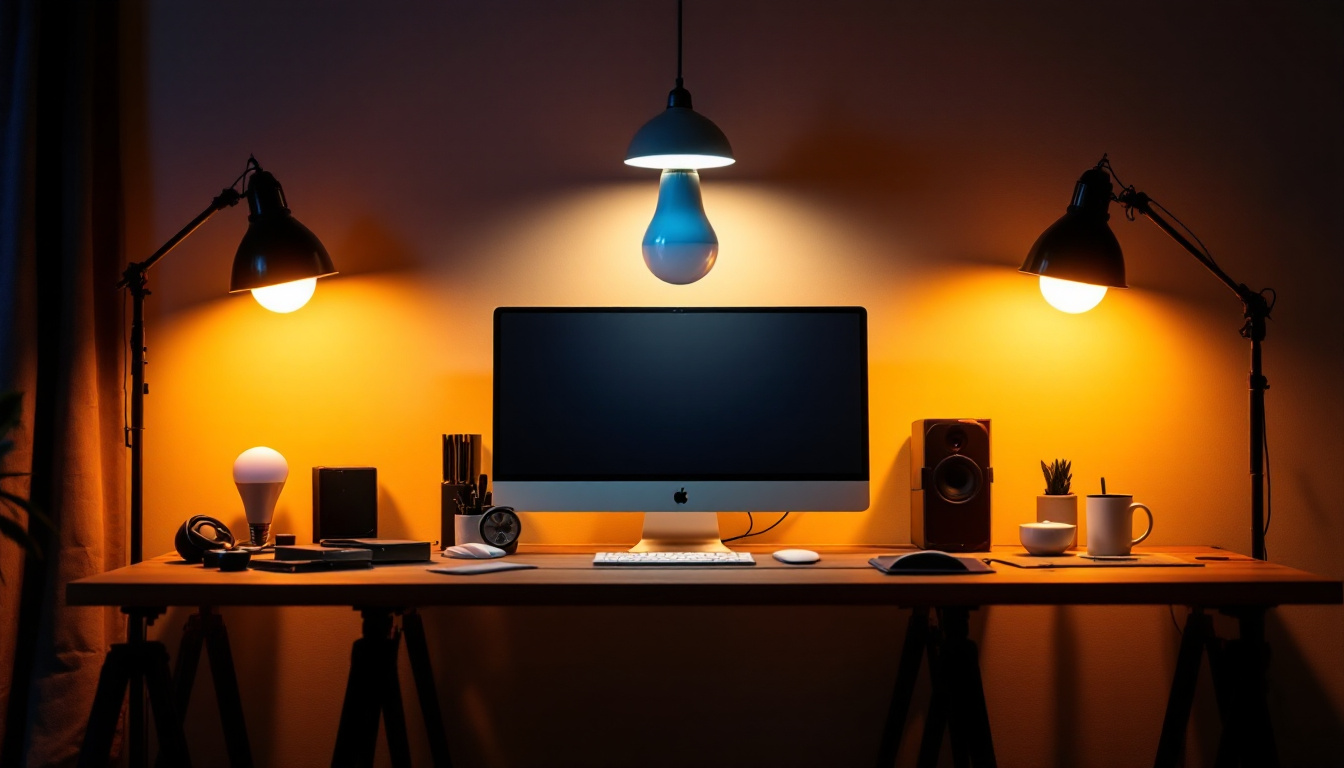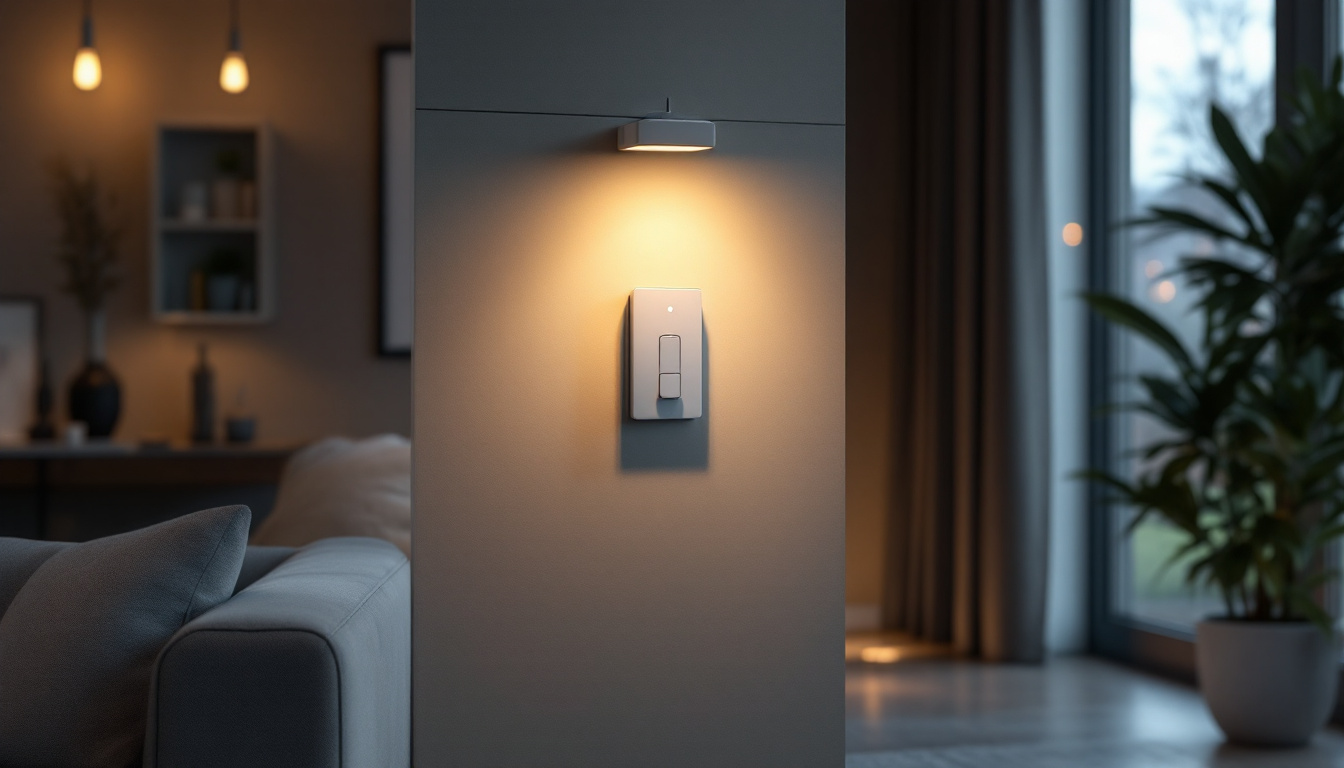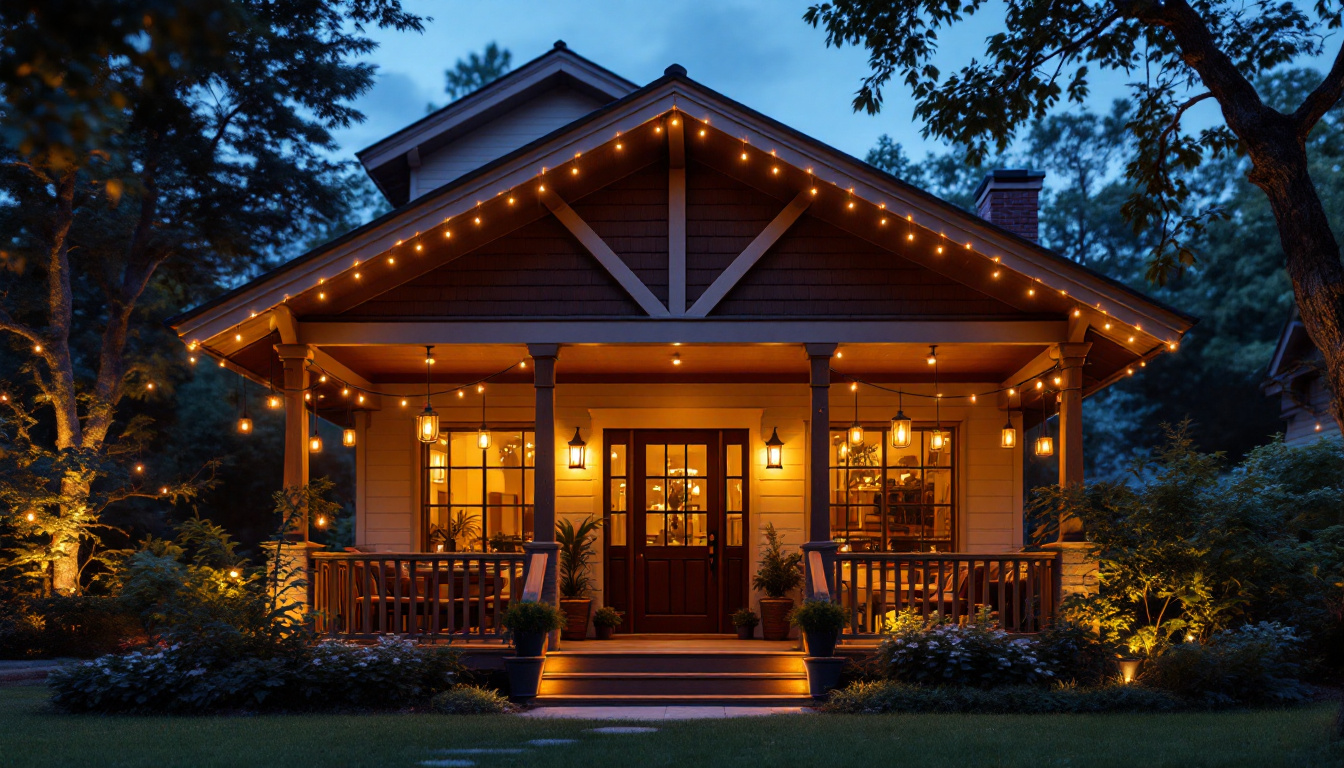
In the realm of lighting design, understanding color temperature is crucial for achieving the desired ambiance and functionality in various settings. Lighting contractors often encounter different color temperatures, particularly in the range of 4000K to 4200K. This article aims to provide insights into these specific color temperatures, their applications, and tips for selecting the right one for different projects.
Color temperature, measured in Kelvin (K), plays a pivotal role in how light is perceived in a space. The Kelvin scale ranges from warm, yellowish light at lower temperatures to cool, bluish light at higher temperatures. For lighting contractors, understanding this spectrum is essential for meeting client expectations and enhancing the functionality of a space.
Color temperatures below 3000K are considered warm white, providing a cozy and inviting atmosphere. As the temperature increases, the light shifts to neutral white (around 3500K) and then to cool white (4000K and above). The 4000K to 4200K range is often categorized as cool white and is popular in commercial and industrial settings. In contrast, light sources above 5000K are often referred to as daylight or cool daylight, mimicking the natural light found outdoors. This type of lighting is particularly beneficial in environments where accurate color representation is crucial, such as art studios or design offices, where the subtleties of color can make a significant difference in the final outcome of a project.
The perception of light can significantly influence mood and productivity. While warm light is often used in residential spaces to create comfort, cooler temperatures like 4000K to 4200K can enhance alertness and focus. This makes them ideal for work environments, retail spaces, and areas requiring precise visual tasks. Additionally, the psychological effects of color temperature extend beyond mere productivity; they can also impact social interactions. For instance, restaurants often utilize warm lighting to encourage relaxation and extended dining experiences, while brighter, cooler lighting in cafes can foster a more energetic atmosphere conducive to quick meetings or casual gatherings. Understanding these nuances allows designers and contractors to tailor lighting solutions that not only meet functional needs but also enhance the overall experience of a space.
While the differences between 4000K, 4100K, and 4200K may seem subtle, they can have a significant impact on the overall lighting design. Each temperature offers distinct characteristics that can influence the atmosphere and functionality of a space.
4000K lighting is often regarded as a versatile option. It strikes a balance between warm and cool light, making it suitable for various applications. This color temperature is commonly used in offices, kitchens, and retail environments, where clarity and vibrancy are essential.
In commercial settings, 4000K fixtures can help reduce eye strain while providing adequate illumination for tasks. Its neutral tone complements a wide range of colors, making it a popular choice for spaces that require flexibility in design. Additionally, the 4000K spectrum is known for its ability to enhance productivity, as it mimics natural daylight, which can lead to improved mood and energy levels among occupants. This makes it an excellent choice for collaborative environments where creativity and teamwork are paramount.
At 4100K, the light becomes slightly cooler, offering a more modern aesthetic. This temperature is often favored in contemporary office spaces and showrooms where a crisp, clean look is desired. The increased coolness can enhance the perception of cleanliness and professionalism, making it ideal for environments where first impressions matter.
Moreover, 4100K lighting can improve visibility in areas with intricate details, such as art galleries or design studios. The subtle shift towards cooler light can help highlight textures and colors, making it an excellent choice for showcasing products or artwork. Furthermore, this color temperature can also contribute to a more focused atmosphere, encouraging employees and visitors alike to engage with their surroundings more thoughtfully. In spaces where innovation and creativity are key, 4100K lighting can serve as an inspiring backdrop, fostering an environment that promotes fresh ideas and collaboration.
4200K lighting represents the upper end of the cool white spectrum. This temperature is often used in specialized applications, such as laboratories or medical facilities, where precise lighting is crucial. The bright, crisp light can enhance focus and attention to detail, making it suitable for environments that demand high levels of concentration.
In addition to its functional benefits, 4200K lighting can create a vibrant atmosphere in retail spaces, drawing attention to products and enhancing the shopping experience. However, it’s essential to balance this brightness with other design elements to avoid overwhelming the space. The invigorating quality of 4200K light can also be leveraged in spaces designed for wellness, such as gyms or yoga studios, where a dynamic and energetic environment is desired. By incorporating this color temperature into the design, these spaces can encourage motivation and activity, ultimately enhancing the user experience. Additionally, the use of 4200K lighting in educational settings can improve focus and retention, making it an excellent choice for classrooms and study areas where students need to remain alert and engaged.
When selecting the appropriate color temperature for a project, several factors should be considered. Understanding the specific needs of the space, the activities that will take place, and the overall design aesthetic are crucial for making an informed decision.
Before choosing a color temperature, it’s essential to assess the space thoroughly. Consider the purpose of the area, the amount of natural light it receives, and the colors of the walls and furnishings. For example, a space with warm-colored walls may benefit from cooler lighting to create contrast and enhance visual interest.
Additionally, think about the tasks that will be performed in the area. Spaces dedicated to detailed work, such as workshops or studios, may require brighter, cooler lighting to improve visibility and focus. Conversely, areas designed for relaxation, like lounges or waiting rooms, may benefit from warmer temperatures to create a cozy atmosphere.
Understanding client preferences is another critical aspect of selecting the right color temperature. Engage in discussions with clients to determine their vision for the space and any specific requirements they may have. Some clients may prefer the warmth of 4000K for a more inviting feel, while others may lean towards the modern aesthetic of 4100K or the brightness of 4200K.
It’s also essential to consider the demographic of the space’s users. For instance, a medical facility may require cooler lighting to promote alertness among staff, while a restaurant may opt for warmer tones to enhance the dining experience.
Lighting contractors can enhance their expertise by implementing practical tips when working with different color temperatures. These strategies can help ensure successful project outcomes and satisfied clients.
Incorporating dimmers and lighting controls allows for greater flexibility in managing color temperature and brightness levels. This is particularly beneficial in spaces where lighting needs may change throughout the day. For example, a conference room may require brighter lighting during meetings but can be dimmed for presentations or video conferences.
Additionally, smart lighting systems can enable clients to customize their lighting preferences, providing them with control over the ambiance of their space. Educating clients on the benefits of these systems can enhance their overall experience and satisfaction with the project.
Before finalizing lighting choices, it’s advisable to conduct tests or create mock-ups of the lighting design. This allows contractors and clients to visualize how different color temperatures will look in the actual space. Using adjustable LED fixtures can facilitate this process, enabling easy comparisons between 4000K, 4100K, and 4200K.
Mock-ups can also help identify potential issues, such as glare or uneven lighting, allowing for adjustments before installation. This proactive approach can save time and resources while ensuring the final result meets client expectations.
The lighting industry is continually evolving, with new trends emerging that influence color temperature choices. Staying informed about these trends can help lighting contractors remain competitive and provide clients with innovative solutions.
Human-centric lighting focuses on creating environments that support human well-being and productivity. This approach often involves adjusting color temperatures throughout the day to mimic natural light patterns. For instance, cooler temperatures may be used during the day to promote alertness, while warmer tones are introduced in the evening to encourage relaxation.
Lighting contractors can incorporate this concept into their designs by using tunable white LED fixtures that allow for dynamic adjustments. Educating clients about the benefits of human-centric lighting can enhance their understanding of its impact on health and productivity.
As sustainability becomes a priority for many clients, lighting contractors must consider energy-efficient options. LED technology has revolutionized the industry, offering long-lasting, energy-efficient solutions across various color temperatures.
When discussing options with clients, highlight the benefits of LED fixtures, such as reduced energy consumption and lower maintenance costs. Additionally, incorporating smart lighting controls can further enhance energy efficiency by allowing users to optimize their lighting usage.
Mastering the nuances of color temperature is essential for lighting contractors aiming to deliver exceptional results. Understanding the differences between 4000K, 4100K, and 4200K can empower contractors to make informed decisions that enhance the functionality and aesthetic appeal of their projects.
By assessing the space, considering client preferences, and staying informed about industry trends, lighting contractors can navigate the complexities of color temperature with confidence. Ultimately, the right lighting can transform a space, creating environments that are not only visually appealing but also conducive to productivity and well-being.
Ready to elevate your lighting projects with the perfect color temperature? At LumenWholesale, we provide lighting contractors with an exceptional range of high-quality, spec-grade lighting products at the most competitive wholesale prices. Say goodbye to local distributor markups and hello to a curated selection that meets the highest industry standards. With our commitment to reliability and performance, you’ll find the ideal lighting solutions, from 4000K to 4200K and beyond, to match any project’s needs. Plus, with the convenience of free shipping on bulk orders, you can trust that you’re getting premium lighting at the best value — all without hidden fees or compromises. Don’t miss out on the ideal blend of quality, affordability, and convenience. Wholesale Lighting at the Best Value is just a click away with LumenWholesale.

Discover how motion sensor light switches can revolutionize your indoor lighting design.

Discover how hanging porch lights can transform your outdoor space with enhanced aesthetics and functionality.

Discover the essential checklist for lighting contractors working with Levitons.

Discover the essential considerations for lighting contractors when choosing solar light stands.